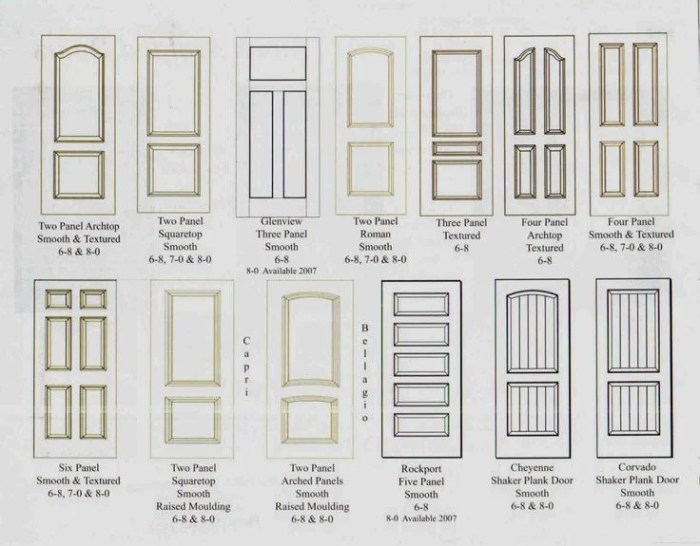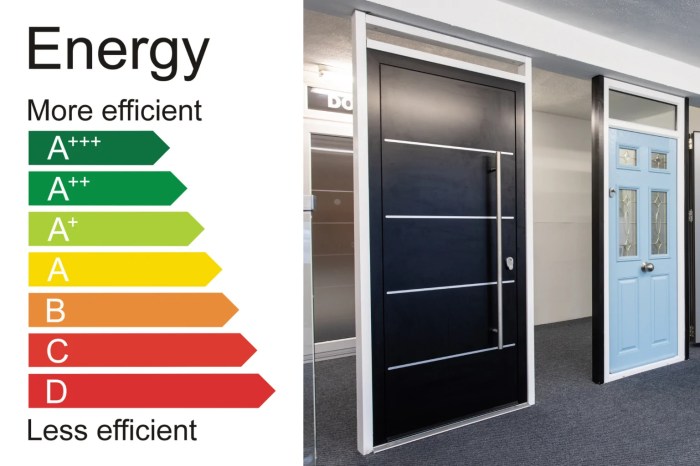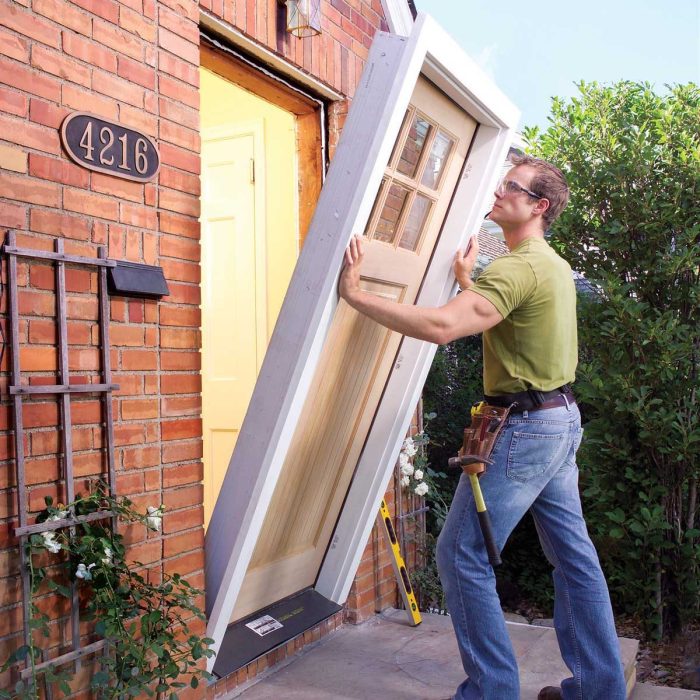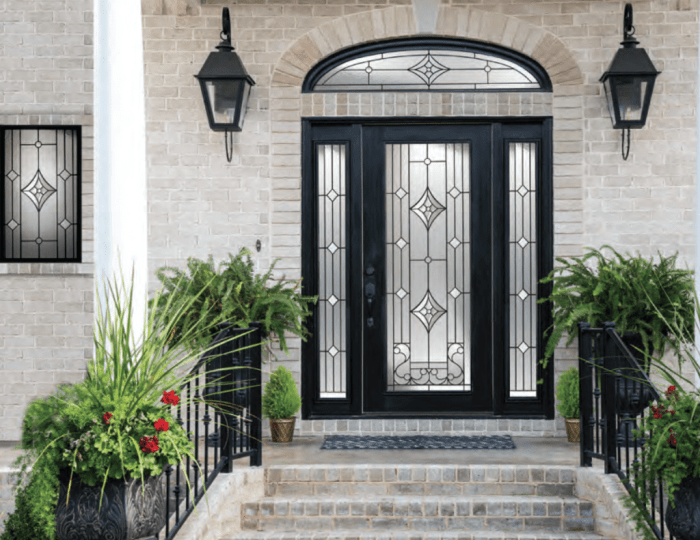Envelope Retrofits for Heritage Buildings: Preserving History and Energy Efficiency
As Envelope Retrofits for Heritage Buildings takes center stage, this opening passage beckons readers into a world crafted with good knowledge, ensuring a reading experience that is both absorbing and distinctly original. From the importance of preserving historical integrity to the challenges faced in retrofitting heritage building envelopes, this topic delves deep into the intersection of history and sustainability.
Importance of Envelope Retrofits
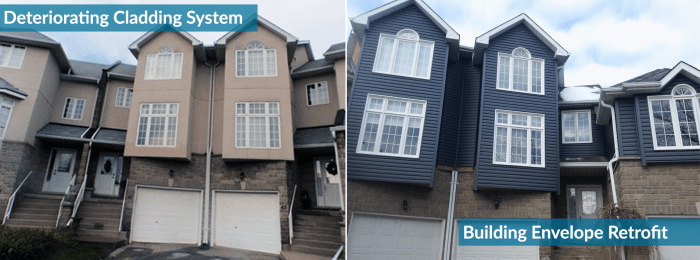
Preserving heritage buildings is crucial to maintaining a connection to our past and cultural identity. Envelope retrofits play a significant role in ensuring the longevity of these historical structures while also improving their energy efficiency.
Preserving Historical Integrity
Envelope retrofits involve upgrading the building's outer shell, including roofs, walls, windows, and doors, without compromising its historical aesthetics. By implementing energy-efficient materials and technologies, heritage buildings can reduce energy consumption while still preserving their unique architectural characteristics.
Improving Energy Efficiency
Envelope retrofits can significantly reduce energy costs for heritage buildings by enhancing insulation, minimizing air leakage, and optimizing natural light and ventilation. This not only benefits the environment by decreasing carbon emissions but also helps owners save on operational expenses in the long run.
Successful Retrofit Projects
- The Empire State Building in New York underwent a comprehensive envelope retrofit, including window replacements and insulation upgrades, resulting in a 38% reduction in energy consumption.
- The Royal Ontario Museum in Toronto implemented envelope retrofits to enhance its thermal performance, resulting in a 20% decrease in heating and cooling costs.
- The Louvre Museum in Paris incorporated envelope retrofits to preserve its historical façade while improving energy efficiency, showcasing a successful balance between heritage preservation and sustainability.
Challenges in Retrofitting Heritage Building Envelopes
When it comes to retrofitting the envelopes of heritage buildings, several challenges can arise due to the historical significance and unique characteristics of these structures. Addressing structural issues, working with historical materials, and preserving architectural details are crucial considerations in the retrofit process.
Structural Challenges
Retrofitting heritage building envelopes often involves addressing structural issues that may have deteriorated over time. This can include issues such as foundation instability, roof damage, or wall degradation. Structural engineers need to carefully assess these challenges and develop solutions that preserve the integrity of the building while enhancing its performance.
Working with Historical Materials
One of the key challenges in retrofitting heritage building envelopes is the need to work with historical materials that may no longer be readily available. Preservationists and contractors must source materials that closely match the original components to maintain the building's historical integrity.
This can require specialized knowledge and skills to ensure a seamless retrofit that respects the building's heritage.
Preserving Architectural Details
During the retrofit process, it is essential to preserve the architectural details that contribute to the historical significance of the building. This includes intricate moldings, decorative elements, and unique features that define the building's character. Retrofitting must be done in a way that retains these details while improving the building's energy efficiency and functionality.
Sustainable Materials and Technologies for Envelope Retrofits
When it comes to retrofitting heritage buildings, the choice of materials and technologies plays a crucial role in ensuring sustainability and energy efficiency. By selecting the right materials and integrating modern technologies, it is possible to improve the overall performance of the building envelope while preserving its historical integrity.
Sustainable Materials for Envelope Retrofits
- One sustainable material commonly used in envelope retrofits is reclaimed wood. This eco-friendly option not only adds a touch of history to the building but also reduces the demand for new timber, helping to protect forests.
- Recycled steel is another sustainable choice for retrofit projects. Its durability and strength make it an ideal material for structural components, offering both sustainability and longevity.
- Bio-based insulation materials, such as cellulose or sheep's wool, provide excellent thermal performance while being environmentally friendly. These natural alternatives help reduce energy consumption and carbon footprint.
Modern Technologies in Envelope Retrofits
- Smart insulation systems, equipped with sensors and controls, can optimize energy usage by adjusting insulation levels based on environmental conditions. This technology enhances the building's energy efficiency without compromising its historical features.
- Energy-efficient windows, such as double or triple-glazed panes, help reduce heat loss and improve thermal comfort inside the building. These modern windows not only enhance energy performance but also maintain the heritage aesthetic.
- Solar panels integrated into the building envelope can generate renewable energy, further reducing the building's reliance on fossil fuels. This sustainable technology contributes to long-term energy savings and environmental benefits.
Environmental Impact of Materials in Envelope Retrofits
- When comparing materials for envelope retrofits, it is essential to consider their environmental impact throughout their lifecycle. Materials with high embodied energy, such as concrete or aluminum, may have a greater carbon footprint compared to sustainable alternatives like wood or recycled steel.
- Choosing materials with low VOC (volatile organic compound) emissions also contributes to indoor air quality and occupant health. Sustainable materials that promote better air quality create a healthier living environment within heritage buildings.
- Recyclability and longevity are key factors to assess the environmental impact of materials used in envelope retrofits. Opting for materials that can be recycled at the end of their lifespan and have a long-lasting performance reduces waste and resource depletion.
Preservation of Architectural Character
When retrofitting the envelope of a heritage building, it is crucial to carefully consider how to preserve its original architectural character. Balancing the need for modern energy efficiency standards with maintaining the historical aesthetics of a heritage building can be a challenging task.
However, with innovative solutions and thoughtful design, it is possible to achieve both goals seamlessly.
Strategies for Preserving Architectural Character
- Document and analyze the existing architectural elements to understand their significance and historical value.
- Consider reversible retrofitting techniques that do not damage or alter the original building fabric.
- Integrate new envelope elements in a way that complements the existing architectural style and materials.
- Work with conservation experts and architects specialized in heritage preservation to ensure that the retrofit respects the building's heritage value.
Balancing Energy Efficiency with Historical Aesthetics
- Utilize sustainable materials that mimic the appearance of traditional building materials while improving energy performance.
- Incorporate energy-efficient technologies discreetly to minimize visual impact on the building's facade.
- Opt for passive design strategies that enhance energy efficiency without compromising the historical integrity of the building.
- Educate stakeholders and the public about the importance of preserving the architectural character of heritage buildings while achieving energy efficiency goals.
Innovative Solutions for Heritage Preservation and Energy Performance
- Use translucent insulation materials that provide thermal performance without altering the external appearance of the building.
- Install dynamic glazing systems that can adjust transparency levels based on environmental conditions to optimize natural light and heat gain.
- Employ advanced building simulation software to model the energy performance of the retrofit design and assess its impact on the historical character of the building.
- Explore hybrid retrofit solutions that combine traditional conservation techniques with modern energy-efficient technologies to achieve a harmonious balance between heritage preservation and energy performance.
Cost Considerations and Funding Options
When it comes to envelope retrofits for heritage buildings, cost considerations play a crucial role in the decision-making process. Retrofitting historic structures can be a complex and expensive endeavor due to the unique challenges posed by preserving the architectural integrity while improving energy efficiency and sustainability.
Cost Considerations Associated with Envelope Retrofits
- Cost of materials: Using high-quality, sustainable materials that are compatible with the heritage building can significantly increase the overall cost of the retrofit.
- Labor costs: Skilled labor is often required for intricate retrofitting work on heritage buildings, which can drive up the project costs.
- Additional structural modifications: Heritage buildings may require structural modifications to accommodate new envelope systems, adding to the overall cost.
- Compliance and regulatory costs: Meeting heritage preservation guidelines and building codes can incur additional expenses during the retrofitting process.
Funding Options for Heritage Building Envelope Retrofit Projects
- Government Grants: Various government agencies may offer grants or subsidies for heritage building retrofit projects to promote sustainability and preservation efforts.
- Tax Incentives: Tax credits or deductions may be available for property owners who invest in energy-efficient retrofits for heritage structures.
- Historic Preservation Funds: Some organizations or foundations dedicated to historic preservation may provide funding support for envelope retrofit projects.
Long-Term Financial Benefits of Investing in Envelope Retrofits
- Energy Savings: Upgrading the envelope of a heritage building can lead to significant energy savings over time, reducing operational costs.
- Increased Property Value: Improving the energy efficiency and overall condition of a heritage structure through retrofitting can enhance its market value.
- Preservation of Cultural Heritage: Investing in envelope retrofits ensures the long-term preservation of historic buildings, contributing to the cultural and architectural heritage of a community.
Final Conclusion
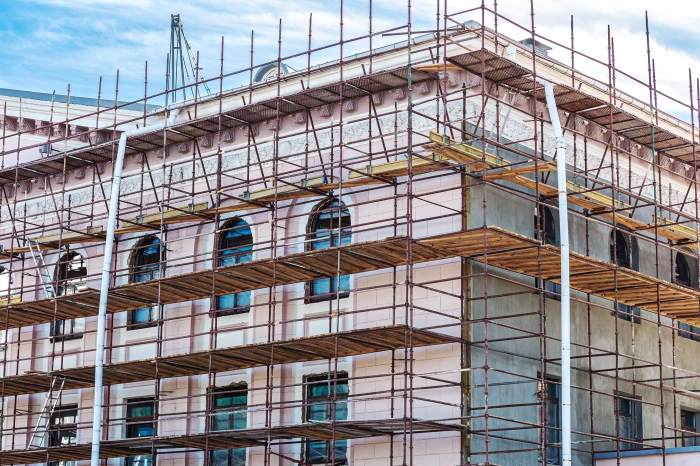
In conclusion, Envelope Retrofits for Heritage Buildings not only showcase the harmonious blend of tradition and innovation but also highlight the crucial role they play in ensuring the longevity of our architectural heritage. As we navigate the delicate balance between preserving the past and embracing the future, these retrofit projects stand as testaments to our commitment to sustainability and historical preservation.
Common Queries
Are envelope retrofits suitable for all types of heritage buildings?
Envelope retrofits can be customized to suit various types of heritage buildings, taking into account their unique architectural features and historical significance.
What are the typical challenges faced when retrofitting heritage building envelopes?
Common challenges include structural issues, working with historical materials, and maintaining architectural details during the retrofit process.
How can envelope retrofits improve energy efficiency without compromising historical integrity?
By using sustainable materials and modern technologies, envelope retrofits can enhance energy efficiency while preserving the original character of heritage buildings.
What are some funding options available for envelope retrofit projects on heritage buildings?
Potential funding sources include grants, incentives, and heritage preservation funds that support retrofit initiatives for historical structures.
